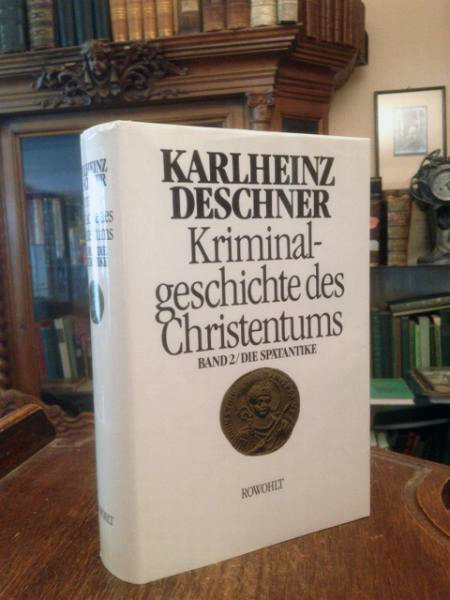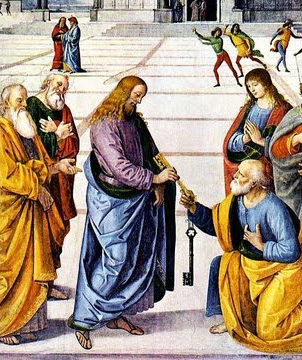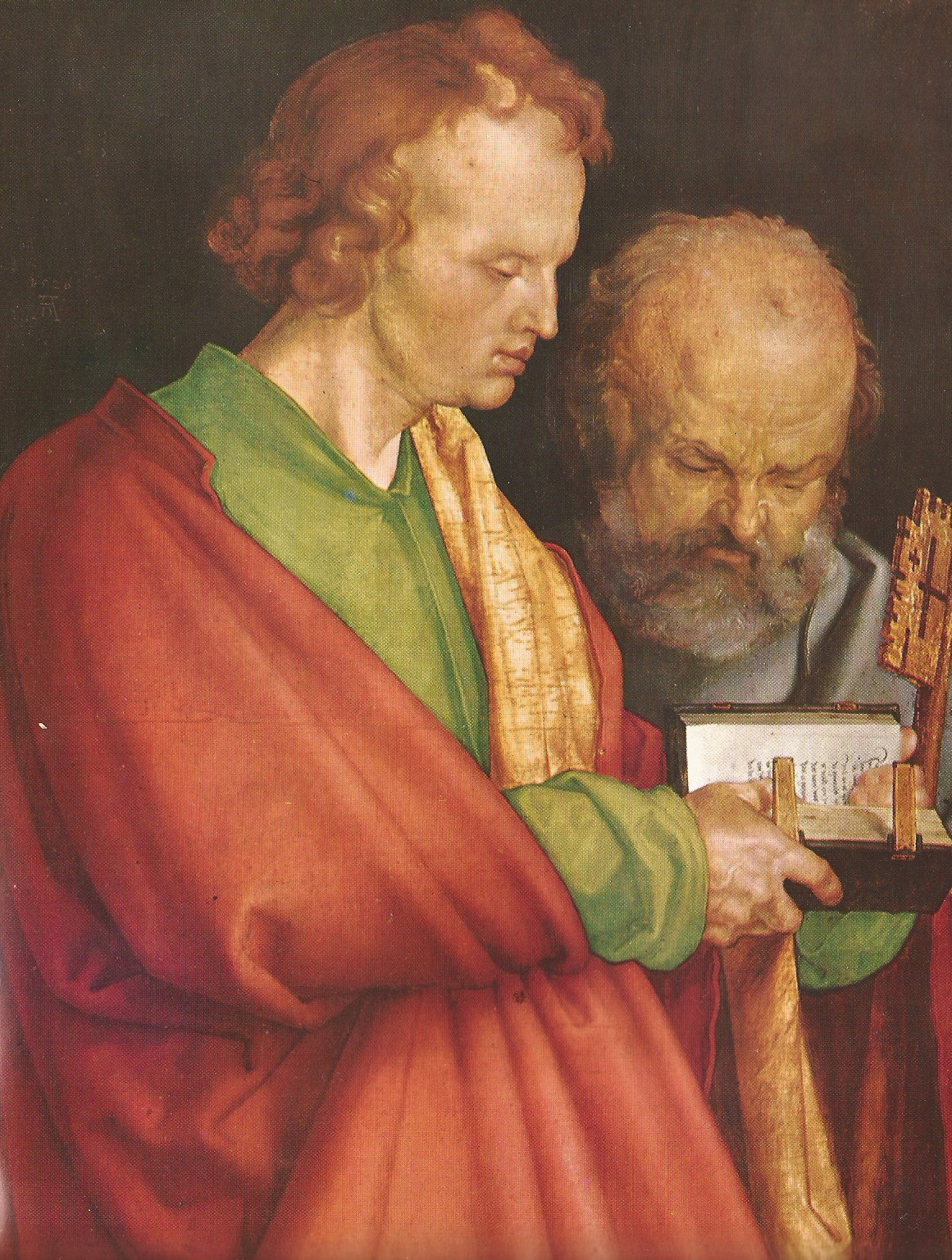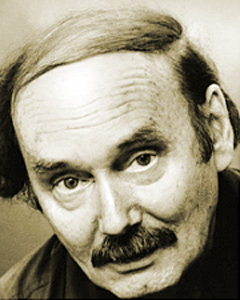Below, an abridged translation from the third volume of
Karlheinz Deschner’s Kriminalgeschichte des Christentums.
Most of the written statements about the martyrs are false, but all of them were considered as totally valid historical documents (1 of 7)
The Christians first falsified, from the 2nd century, the emperor’s edicts of tolerance: for example that of Antoninus Pius (about 180), or a Marcus Aurelius writing to the Senate a letter in which the emperor testifies about the salvation of the Roman troops from thirst thanks to the Christians.
They also falsified an epistle of the Tiberian proconsul to Trajan with the supposed imperial order to end the bloody persecution.
An edict of Nerva was falsified which revokes the harsh measures of Domitian against the apostle John. Indeed, Domitian himself, informs the historian of the Church Eusebius—relying on the Eastern Christian (((Hegesippus)))[1], the author of the five books of Hypomnemata (Memories)—, after having imprisoned ‘the relatives of the Lord’ as the successors of David, he released them and ordered to ‘cease the persecution of the Church’.
If the Christians began falsifying documents so that the emperor exonerated them, when the persecutions were a thing of the past, they began to persecute the adherents of classical culture. They ended up falsifying documents to accuse the Hellene sovereigns; they falsified, in series, a large number of anti-Christian edicts and letters of the sovereigns and consuls (especially by the end of the 3rd century): supposed records of non-historical martyrdoms, and also an infinity of martyrdoms. The Christians who appear as witnesses to these false biographies are countless.
 Already the first of the presumed persecutions under Nero—which, for two millennia, made this emperor a monster without equal for Christians—was not a persecution against Christians but a process for arson. Even historians Tacitus and Suetonius, hostile to Nero, judged the process as just and reasonable. ‘Christianity was not discussed’, writes the evangelical theologian Carl Schneider. Also, the history of Christianity of the Catholic theologian Michel Clévenot establishes ‘that neither Nero, nor the police nor the Romans must have known that they were Christians; they were still moving too far in the dark and their number was still too small for their executions to have been a matter of public interest’.
Already the first of the presumed persecutions under Nero—which, for two millennia, made this emperor a monster without equal for Christians—was not a persecution against Christians but a process for arson. Even historians Tacitus and Suetonius, hostile to Nero, judged the process as just and reasonable. ‘Christianity was not discussed’, writes the evangelical theologian Carl Schneider. Also, the history of Christianity of the Catholic theologian Michel Clévenot establishes ‘that neither Nero, nor the police nor the Romans must have known that they were Christians; they were still moving too far in the dark and their number was still too small for their executions to have been a matter of public interest’.
But since the logic of Catholic theologians is rarely brilliant, Clévenot finishes his chapter on the fire of Rome in July of the year 64, not without having first recorded the ‘surprisingly’ good memory about Emperor Nero among the Romans. Among the Christians, he is still considered a bloodthirsty madman. And according to Clévenot this would be ‘perhaps (!) the best demonstration that Christians were really the victims of the horrible massacre of July 64’.
It is significant that religious motives did not play any role in the process, or at most a very accessory one. Significantly, Nero confined himself to the Christians of Rome. Although the acts were later falsified to locate martyrs elsewhere in Italy and in Gaul, according to the Catholic theologian Ehrhard: ‘All these acts of martyrdom have no historical value’.
_____________
[1] Editor’s note: The triple parentheses are mine. Hegesippus, a chronicler of the early Church, was a Jewish convert. One wonders how many of the Christians that Deschner has been mentioning also had Jewish ancestry.
______ 卐 ______
Liked it? Take a second to support this site.









